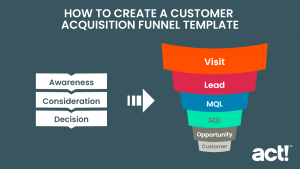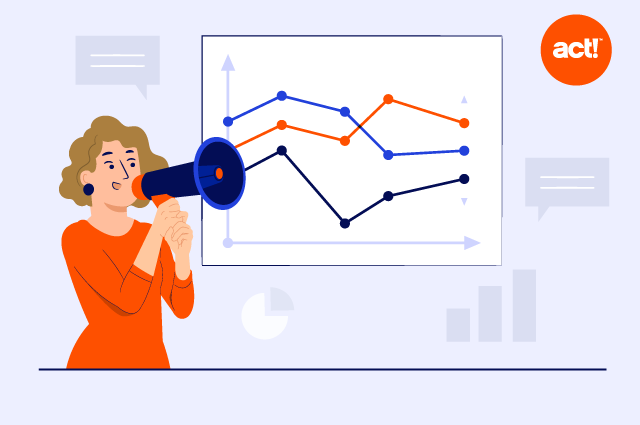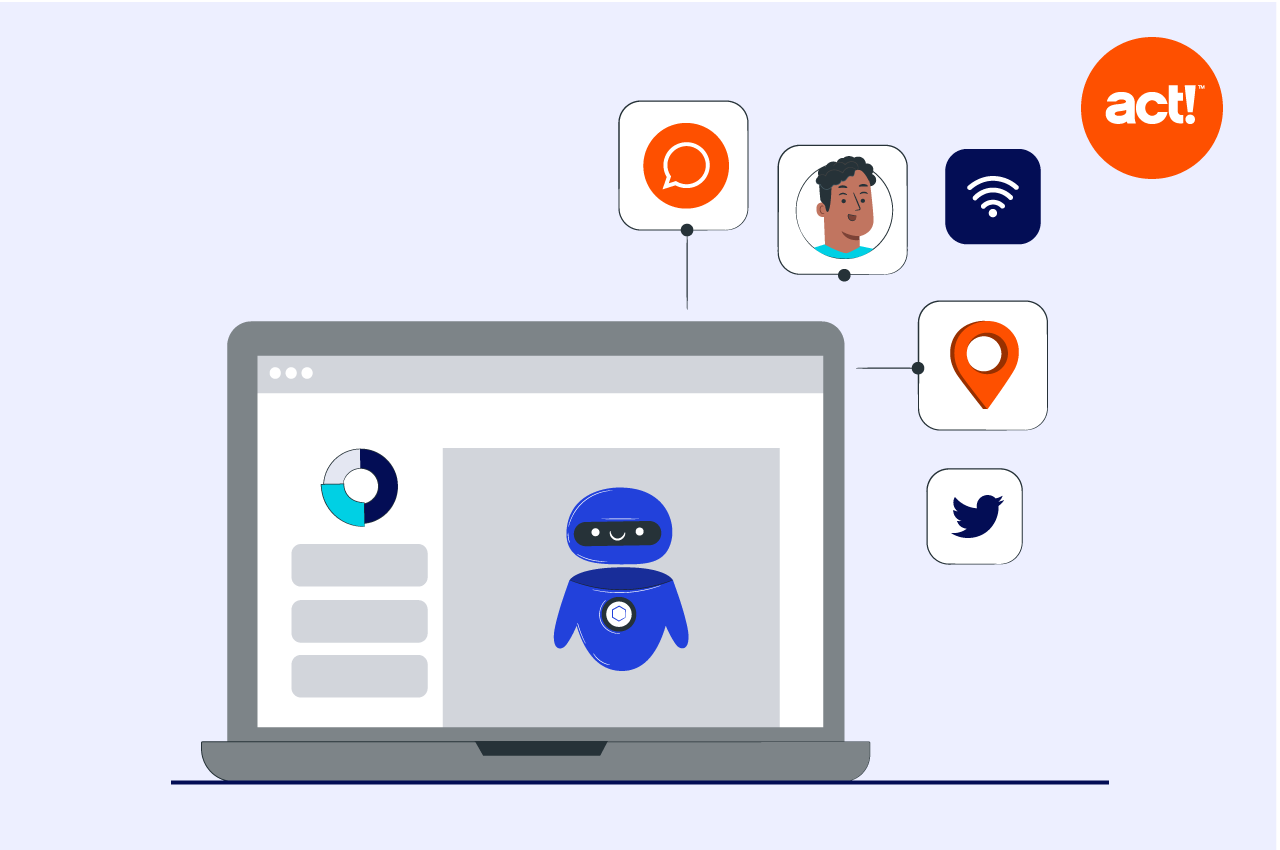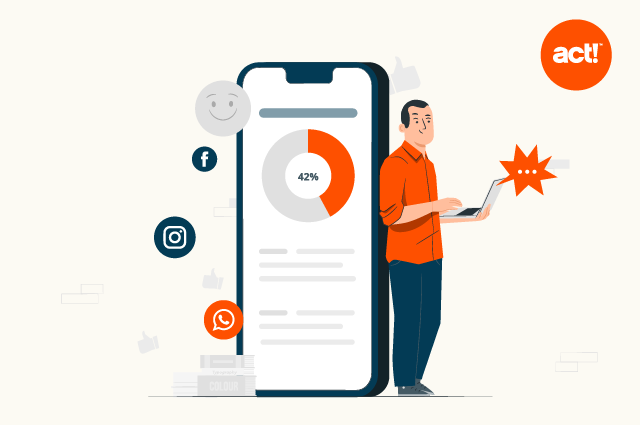
For most businesses dedicated to long-term growth, improving customer acquisition and retention is both a typical and necessary goal. There are various strategies that define and educate on the best ways to attract new customers, but one of the most powerful modern acquisition tactics is undoubtedly the customer acquisition funnel template.
It may be true that customer acquisition is getting more expensive these days, but that doesn’t mean attracting new customers has to be difficult or unaffordable. With a strong strategy, your marketing budget won’t be maxed out and new customers will be consistently attracted to your brand.
To get you started on the process, this article will outline what a customer acquisition funnel is, why you need one, what happens throughout the stages, and how to create a customer acquisition funnel template:
What is a customer acquisition funnel?
Since customer acquisition pertains to the process of bringing new clients or customers to your business, a customer acquisition funnel helps customers to move smoothly through this process.
This funnel is a tool that encourages prospects to engage with your business, moving through several stages to an endpoint: making a purchase and developing brand loyalty. Without a well-designed process, some prospects are inevitably going to fall by the wayside. A customer acquisition funnel will help you bring those numbers down, converting more prospects into customers and making sure your marketing budget goes further.
Building a customer acquisition funnel should help you to visualize the customer journey. Not all customers will view your products or services the same way, so your aim should be to understand how they move through the process of interacting with your brand, right through to the purchase.
Why do you need a customer acquisition funnel?
The customer acquisition funnel serves as a framework that will assist you in tracking and monitoring how effective the process of attracting and retaining customers is, and how you can make amendments to the process in order to continuously improve the end result. In this way, you can attract, engage, convert and retain customers with minimum effort and expenditure ongoing.
By visualizing or even mapping the customer journey, you can gain insights on customer actions and what happens in their minds. This gives an indication as to when and why a customer is more likely to buy your product or service. There are various stages in the buying process, including:
- Recognition of needs and wants
- Searching for information
- Evaluating choices
- Purchasing
- Post-purchase evaluation
In other words, your leads are likely to go through a thought process similar to the following:
- Being unaware of a need for the product or service, to developing a need for it
- Deciding they need it, but uncertainty as to whether your brand is the one
- Deciding they trust you, but being unsure of the next steps
- Considering the cost before making the purchase
A strong customer acquisition funnel can prevent the loss of prospects as they move through these stages. The same goes for when you pass leads from the marketing to the sales team, and onward to the customer service team, etc. You’re less likely to miss data, and miscommunication between teams will be minimized.
What happens in the different stages of the funnel?
The first stage of your customer acquisition funnel is lead generation, which is essentially the top of your funnel. The middle stage of the funnel is lead acquisition, and the final stage is lead conversion.
It looks something like this:
- Stage 1 – Lead generation: The prospect gains awareness of your brand, products or services.
- Stage 2 – Lead acquisition: The prospect starts to interact with your brand, considering your products and services and deciding whether these are worth investing in.
- Stage 3 – Lead conversion: The prospect converts to a customer by making the decision to pay for your products or services.
The final stage of your funnel (converting your leads) tends to be the most challenging part. This is because customers will have different preferences and respond to different cues. At this stage, it is necessary to devise customized and targeted methods of convincing the prospect to convert to a customer.
This process is greatly enhanced by lead scoring, which entails ranking your prospects on a scale according to the value you feel they represent to your business. To clarify, you would assign values (points) to every lead you generate. The scores are based on attributes such as the information they give you, and their methods of engagement with your brand or website. This aids your sales and marketing teams in lead prioritization, as well as the development of effective responses and closing tactics to optimize conversions.
How to create a customer acquisition template
When creating a customer acquisition template it helps to consider the following points, which your funnel should help you to address:
- How your teams prioritize leads
- How they nurture prospects
- Which prospect actions are most likely to lead to a sale
- How long will your sales team take to qualify (via lead scoring) and approach prospects
- How long is the sales cycle
- Which metrics work best to move prospects between stages
- How and when your marketing team hands off leads to your sales team
- Customer onboarding plans
Let’s take a look at an effective customer acquisition template:

In this example, you can see the three main customer journey stages: Awareness, consideration, and decision. These stages can be broken down as follows:
Visit: A lead visits your brand via one of your channels, e.g. social media, email, website, phone
Lead: The visitor demonstrates some level of interest and is picked up by your marketing team
MQL: Your marketing team decides that the lead is more likely to become a customer based on lead intelligence (e.g. lead scoring)
SQL: Your sales team qualifies the lead as a potential customer based on the target audience and pain points or interests of the prospect
Opportunity: The lead passed qualification parameters and becomes an opportunity. The sales team offers the prospect a free trial or demo, a targeted offer or discount
Customer: The prospect makes a purchase and becomes a loyal customer
You can create your funnel in a way that corresponds to your specific business needs, using different visualizations and appropriate frameworks. For example, you might encourage visitors to become leads by connecting an appealing mission to your particular product offering; for example, donating to a relevant cause for each purchase. You might offer leads free educational information relating to their expressed areas of interest, encouraging them to focus on a specific product or service.
Whatever the size of your business, customer acquisition is always going to be imperative. You will always need to market to new customers and a customer acquisition funnel is one of the best ways to optimize this process.






